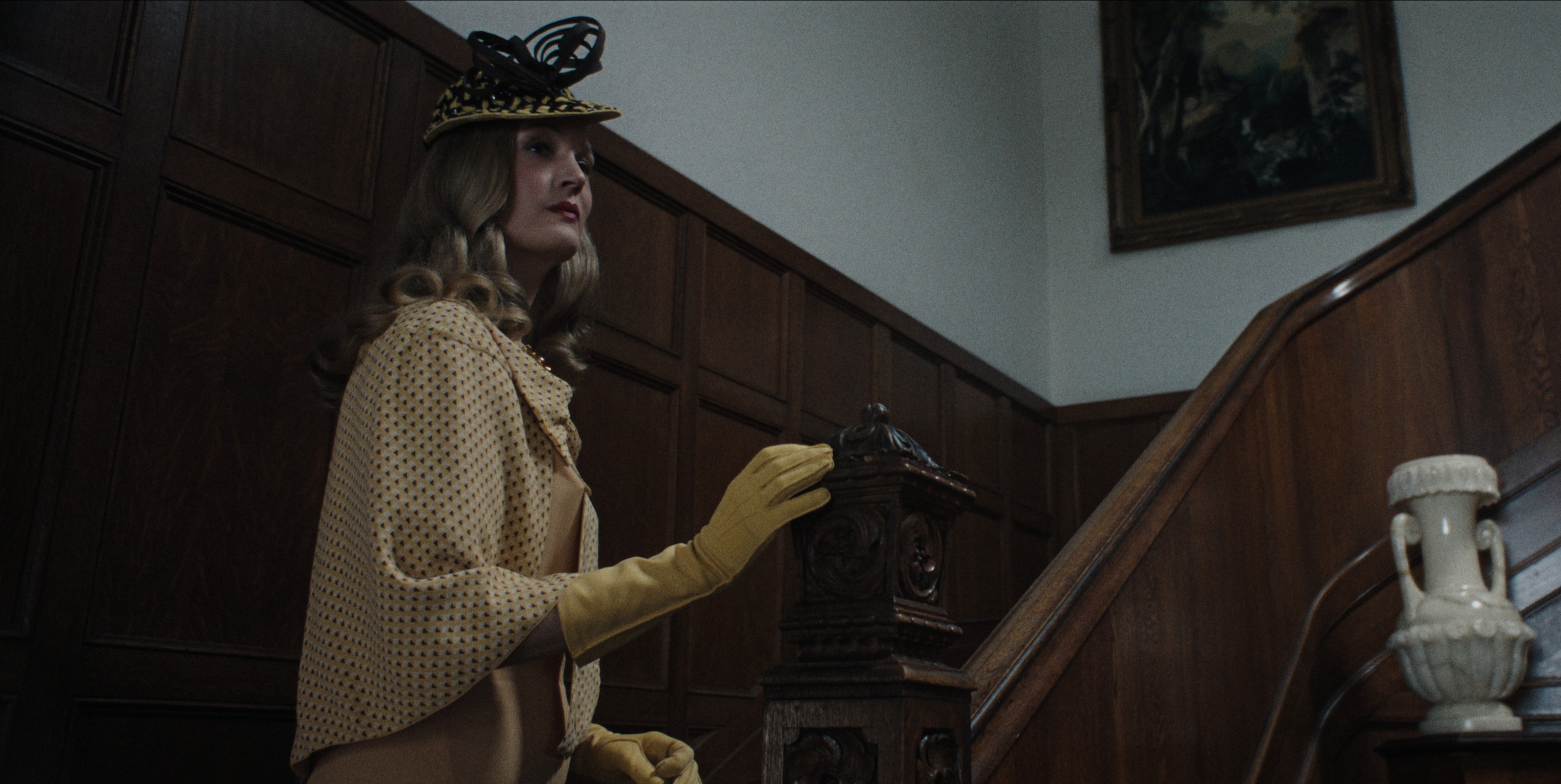The third season of Ryan Murphy and Ian Brennan’s ‘Monster’ series, titled ‘Monster: The Ed Gein Story,’ steps into Plainfield, Wisconsin, and explores the life and crimes of Ed Gein, a body snatcher turned serial killer whose gruesome acts leave an indelible mark on the American psyche. The Netflix biographical crime drama explores the circumstances that prompt Gein to walk on the path of darkness, and questions how much of that is caused by his innate sense of self. In questioning his sense of humanity, the narrative also reframes him as an extrinsic representation of its more twisted side, as captured on the silver screen by artists like Alfred Hitchcock and Tobe Hooper. As such, the show navigates both the contents of Gein’s mind and how they affect everyone and everything around him. SPOILERS AHEAD.
The Bitch of Buchenwald is a Fictional Comic Detailing Ilse Koch’s Alleged War Crimes
‘The Bitch of Buchenwald’ is an invented comic book created by the writer of ‘Monster: The Ed Gein Story,’ Ian Brennan, to highlight a major turning point in Ed Gein’s life in the series. The serial killer is introduced to this comic by Adeline, and together they gush over the horrific display of violence and brutality that defines the Second World War. The illustrations of Ilse Koch‘s nightmarish experiments on human bodies and skin leave a lasting impression on Gein’s mind, prompting him to emulate those acts on his own. This leads him to fashion household articles, such as chairs, lampshades, and belts, out of human remains, as well as create a face mask and skin suit using real human skin. While the comic book itself is not based on reality, the events it depicts are inspired by the real-life conspiracy surrounding Ilse Koch, the wife of Karl-Otto Koch, a commandant at the Buchenwald concentration camp.

The popular narrative surrounding Ilse Koch claims that she was involved in the selection process of tattooed prisoners for death, following which, she used their skins to create different articles. The macabre process is illustrated at length in the comic book, which portrays Koch as an evil figure more commonly known as the “Bitch of Buchenwald.” Koch earned the nickname in real life as well, along with other monikers that described her as a beast, a witch, or “the Butcher Widow.” Following the concentration camp’s liberation in 1945, numerous objects crafted out of human skin were discovered in Buchenwald’s pathology department. Two survivors, Josef Ackermann and Gustav Wegerer, testified against Koch, claiming to have witnessed the creation of a human-skin lampshade to be presented to her. News of the accusations spread like wildfire, and the real-life Ed Gein was reported to have taken a keen interest in the horrifying constructs. However, the use of comics as a medium for this development is a show-only feature.
Ilse Koch’s Connection to Human Skin Articles Was Never Definitively Proven
While a number of accusations were piled upon Ilse Koch, labelling her as the person responsible for the creation of human skin artefacts, the actual body of evidence was quite slim, which made the connection tenuous. Following her arrest on 30 June 1945, Koch was tried for war crimes and eventually found guilty. However, due to being pregnant during the proceedings, she avoided a potential death sentence. In the subsequent years, Koch’s sentence period became the subject of much contestation, largely due to legal reviews finding a lack of evidence regarding some of Koch’s most gruesome crimes. The accusation of using tattooed prisoners’ skin for fashioning articles, in particular, had no strong evidence on record. Following this, she was tried for crimes against German nationals in the West German judiciary, which eventually sentenced her to life imprisonment on 15 January 1951.

In episode 7 of ‘Monster: The Ed Gein Story,’ Ed Gein issues three ham radios in the hopes of striking a dialogue with his role models, Ilse Koch and Christine Jorgenson. While the conversation is revealed to be a fabrication of his mind, on a narrative level, it sheds new light on Koch’s possible mindset during her imprisonment. When Gein brings up the comic book and how it inspired him, she vehemently rejects her portrayal as a cruel torturer and instead frames the allegations as a way of suppressing her. This comes as a shock to Gein, who has modelled his entire form of violence around Koch’s supposed modus operandi. Instead, she flips the narrative on its head, claiming that these takes exist to divert attention from her true calling as a higher being. To that end, ‘The Bitch of Buchenwald’ as a piece of art draws parallels to how Gein is mythologized by films such as ‘Psycho’ and ‘Texas Chain Saw Massacre,’ tapping into the fabric of popular consciousness itself.
Read More: Monster: Are Ed Gein’s Skin Suit and Face Mask Real, Prosthetic or CGI?


